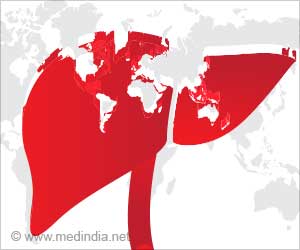- Chronic intimate partner violence is common among young sexual and gender minorities
- It is time to develop initiatives for preventing violence in intimate relationship, as well as the creation and improvement of health and education regulations
Violence in Relationships
“The common perception is that violence happens only once,” Griffin said. “But victims stay a long time in relationships where there is violence occurring for a number of reasons, and those most vulnerable to this cycle are economic, social and sexual minority groups.”Researchers polled 665 young people in New York City to find out how common and pervasive intimate partner violence is among this population and to see if sociodemographic factors have an impact.
Participants enrolled in two waves were between the ages of 18 and 24. They self-identified as male at birth, had had sex in the preceding six months with a male partner and tested HIV-negative.
Participants’ gender identification, race and ethnicity, sexual orientation, level of education and income were all questioned.
Common Type of Intimate Partner Violence
47.1% individuals said they had experienced intimate relationship violence the previous year. The most frequent type of victimization recorded was psychological violence (37.5%), followed by sexual violence (22.1%) and physical violence (19.5%). The most typical way that violence was committed was psychological violence.Individuals who were Asian and Pacific Islanders, bisexual, transgender and had lower incomes were more likely to report experiencing victimization. Whereas participants who were bisexual, transgender and had lower incomes were more likely to report committing intimate partner violence.
Griffin said, “The data should be used to develop intimate partner violence prevention and intervention programs and to develop and strengthen education and health policies. The takeaway from our work is that the range of people experiencing intimate partner violence is shockingly high and that for sexual and gender minorities, the violence is often repeated.”
Source-Medindia











